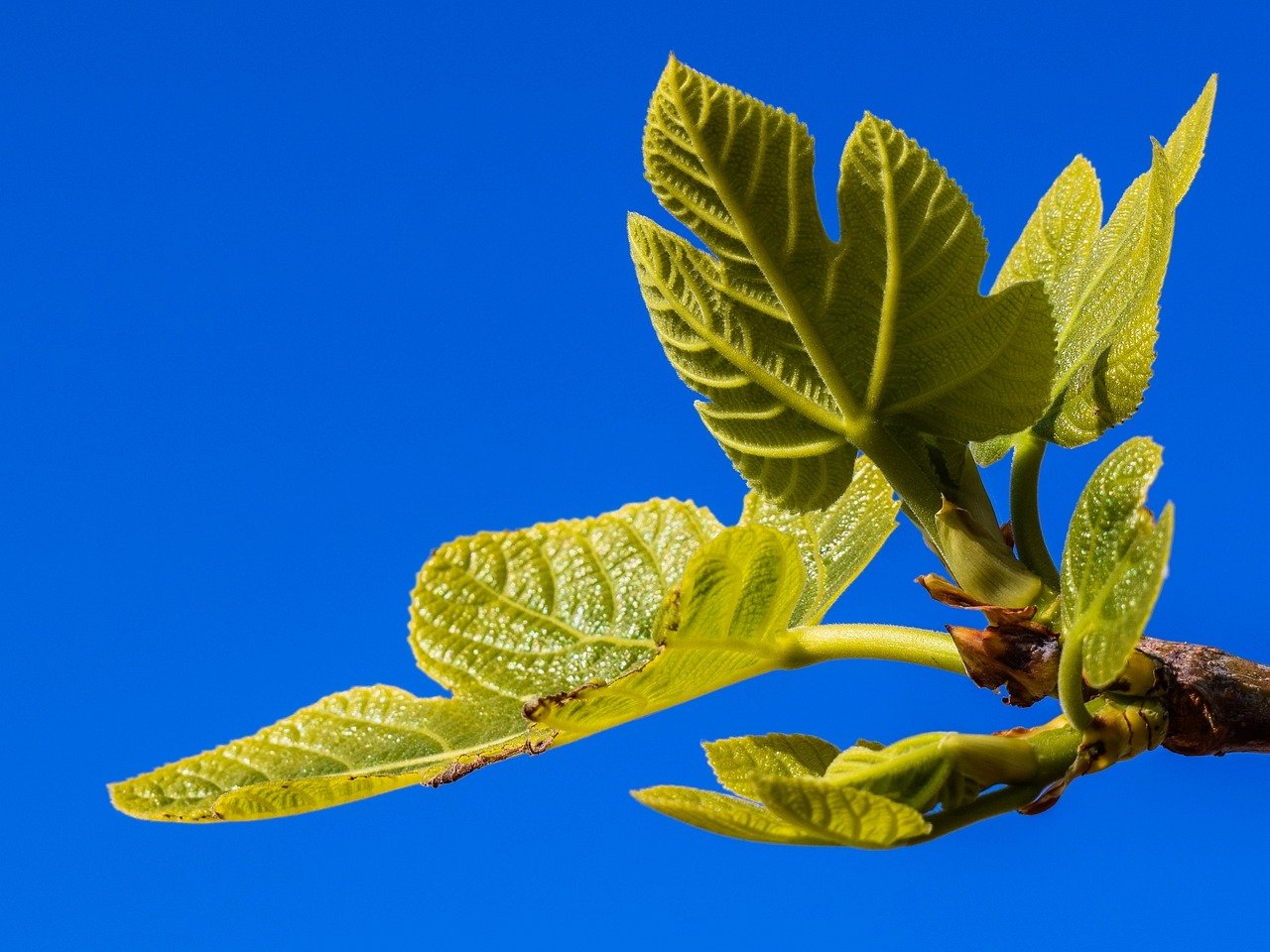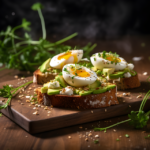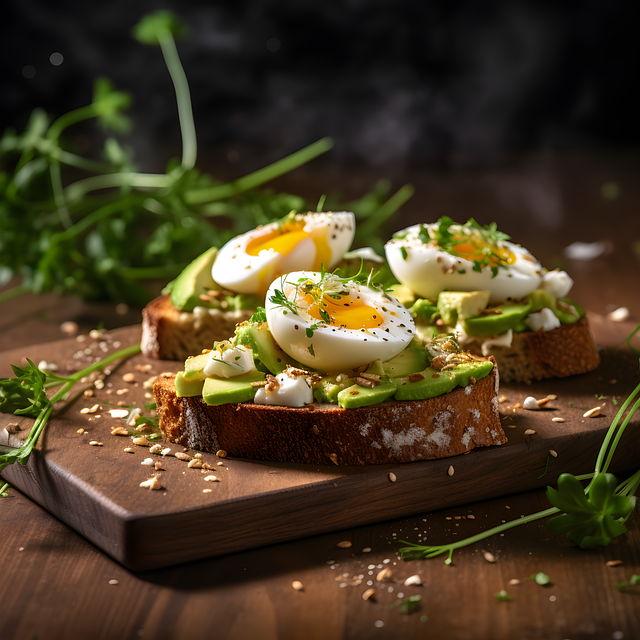How To Overcoming the Fiddle Leaf Fig: An Overview to Indoor Upkeep
Fiddle Leaf Fig
The fiddle leaf fig (Ficus lyrata) has actually come to be a super star in the houseplant world. With its big, glossy leaves and building form, it includes a touch of beauty and jungle vibes to any space. But this charm can be a bit finicky. Frequently labeled “remarkable,” fiddle fallen leave figs can react negatively to adjustments in atmosphere or incorrect care. However, with the best knowledge and a little tender loving care, you can grow a thriving fiddle fallen leave fig that will reward you for several years ahead.promoting-love-of
The Value of Light for Your Violin Fiddle Leaf Fig
Fiddle Leaf Fig prefer sunshine and prosper in the dappled light located in rain forest setups. It is necessary to recreate these problems indoors for their wellness. Right here are some ideas to attain this successfully:
Ideal Lighting: Setting your fiddle leaf fig adjacent to a window that receives mild, indirect sunlight, preferably facing south, eastern, or west. Be cautious of direct sunlight rays, which can create fallen leave shed. The light must be soft enough to permit you to check out a publication close by without squinting.
Stability is Key: When you have actually recognized the suitable location, refrain from regularly moving your fiddle leaf fig. These plants are sensitive to adjustments and might react by losing leaves.
Uniform Sunlight: Regularly revolve your fiddle fallen leave fig by 90 levels every 7 days. This technique ensures all parts of the plant obtain balanced sunlight, promoting balanced development.
Hydration Consistency: Accomplishing the Perfect Equilibrium
The primary factor fiddle fallen leave figs satisfy their untimely end is due to excessive watering. Preferably, these plants grow in soil that is regularly humid, yet not saturated. To guarantee a growing fiddle leaf fig, embrace the adhering to hydration approach:
The Finger Examination: Stick your finger right into the soil regarding an inch deep. If it really feels completely dry to the touch, it’s watering time. If it feels even slightly moist, wait a couple of days and inspect once more.
Consistent is Secret: Create a routine watering timetable based on your plant’s requirements and the season. You’ll likely need to water more frequently during the warm summer season and less typically in winter.
Drainage is Important: Guarantee your fiddle leaf fig pot has water drainage openings to stop water from pooling around the roots, leading to rot.
Moisture: Keeping Your Fiddle Hydrated from the Inside Out
- Fiddle fallen leave figs, coming from exotic jungles, enjoy humidity. Sadly, our homes often tend to be much drier, particularly in winter season with heating systems running. To resolve this:
- Humidifying Assistance: If your home experiences dry air, take into consideration buying a humidifier to preserve a constant level of wetness and promote healthy development.
- While fiddle leaf figs aren’t heavy feeders, a balanced plant food can urge healthy growth. Here are some suggestions:
- The Right Solution: Use a well balanced liquid fertilizer watered down to half toughness throughout the growing season (spring and summer).
- Much less is More: Stay clear of over-fertilizing, as this can result in salt build-up in the soil, harming the origins.
- Winter months Relax: Throughout the winter months, when development slows down, you can hold back fertilizer entirely.
Maintaining a Remarkable Fiddle
Past watering and feeding, there are a couple of added practices to keep your fiddle fallen leave fig looking its finest:
- Fallen Leave Maintenance: Keep the huge fallen leaves clean by cleaning them with a wet fabric regularly to get rid of dust and dirt. This will certainly assist the plant take in light effectively and perform photosynthesis efficiently.
- Perfect Pruning: Trimming advertises denser growth and aids in forming the form of your fiddle fallen leave fig. Use sharp and sanitised pruning shears to eliminate straggly stems or unnecessary branches.
- Assisting Tall Plants: As your fiddle leaf fig grows in height, it could require some support to stay upright. Make use of a moss post or stake to carefully guide its growth direction.
Dealing With Fiddle Leaf Fig Issues
Even with the very best care, your fiddle fallen leave fig may sometimes throw some shade (essentially). Here’s how to decode what’s ailing your plant:
Drooping Leaves: This can be a sign of under or overwatering. Examine the soil dampness and adjust your watering routine accordingly.
Brown Spots: These can be caused by sunburn from direct sunlight, low humidity, or fungal illness. Address the underlying reason and get rid of any badly damaged fallen leaves.
Leaf Drop: Sudden changes in environment, inconsistent watering, or a lack of light can all add to fallen leave drop. Try to preserve a constant setting for your fiddle fallen leave fig and resolve any type of possible stressors.
Circulating Your Fiddle Fallen Leave Fig: Sharing the Environment-friendly Love
Fiddle leaf figs can be circulated from stem cuttings, enabling you to create new plants or share the delight with pals. Right here’s a detailed overview:
Choose a Healthy And Balanced Stem: Select a healthy, fully grown stem with at the very least a couple of nodes (the bumps where leaves arise).
Make the Cut: Using sharp, disinfected pruning shears, make a tidy cut just below a node at an angle.
Prepare the Cutting: Eliminate the reduced leaves, leaving a few nodes subjected.
Rooting Options: You can root the cutting in water or a well-draining potting mix.
Water Treatment: If utilizing water, put the cutting in a jar or flower holder full of fresh, room-temperature water. Make sure at least one node is submerged. Change the water every few days.
Dirt Solutions: For rooting in soil, select a pot with water drainage openings and a well-draining potting mix. Plant the reducing with a node or more buried in the soil.
Persistence is Key: Rooting can take a number of weeks and even months. Be patient and maintain regular dampness in the rooting tool.
Light and Warmth are Friends: Offer your propagating fiddle fallen leave fig with brilliant, indirect light and warm temperatures (around 70 ° F)
Repotting for Continued Growth
As your fiddle leaf fig grows, it will ultimately outgrow its present pot. Repotting every 1-2 years right into a slightly larger pot with fresh potting mix is necessary for healthy growth. Here’s what to bear in mind:
Timing is Whatever: Repot throughout the springtime or summer season expanding period when your fiddle leaf fig is actively growing.
Pick the Right Pot: Select a pot that’s only 2-3 inches larger in size than the current pot. A pot that’s also large can result in overwatering problems.
Carefully Does It: Carefully eliminate your fiddle leaf fig from its existing pot, loosening up any root-bound origins carefully.
Freshen and Replant: Add fresh potting mix to the brand-new pot and place your fiddle leaf fig at the exact same dirt level as before. Backfill with fresh potting mix and water thoroughly.
Bonus Offer Tips for Fiddle Leaf Fig Fanatics
Identify Your Fiddle: There are a number of varieties of fiddle fallen leave figs readily available, each with slightly various needs. Understanding your certain selection can aid you tailor your treatment regimen.
Be cautious of Parasites and Diseases: While reasonably pest-resistant, fiddle fallen leave figs can be prone to mealybugs and range. Consistently evaluate your plant and treat problems quickly with organic insecticides or neem oil.
Clean Air Champion: Fiddle fallen leave figs are understood air cleansers, assisting to remove toxic substances from your indoor environment.
By adhering to these ideas and providing your Fiddle Leaf Fig fallen leave fig with the best environment, you can cultivate a growing, rich plant that will certainly add a touch of tropical beauty to your home for many years to come. Keep in mind, a little tender loving care goes a long way with these beauties. So, accept the obstacle, and take pleasure in the journey of seeing your fiddle fallen leave fig flourish!











0 Comment